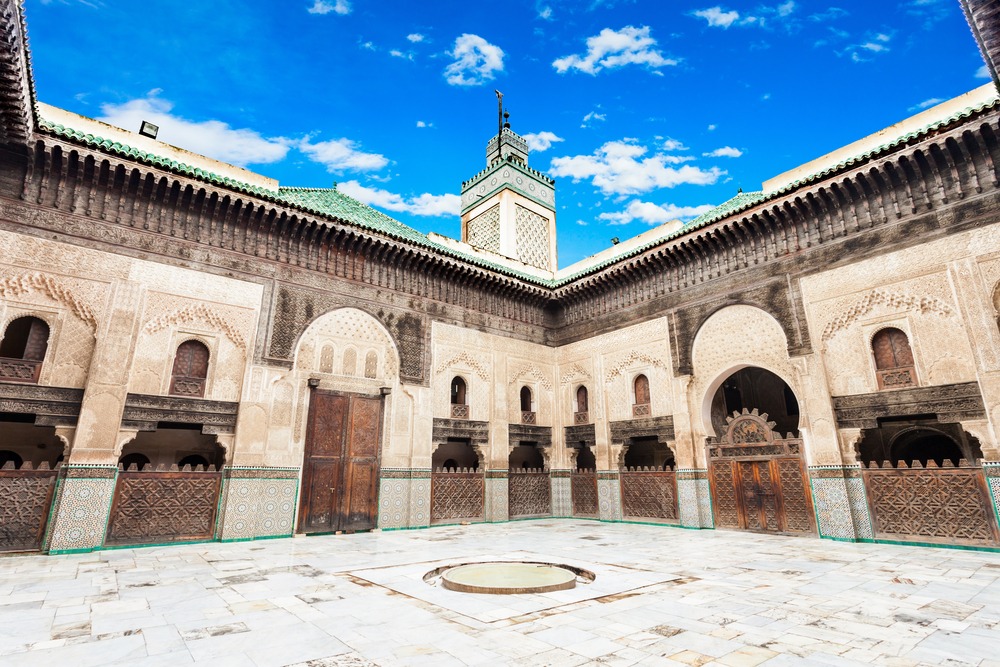Life in Morocco: A Fascinating Guide for Tourists Exploring Its Culture, Cities, and Traditions
Life in Morocco is a vibrant mix of tradition and modernity, where ancient customs coexist with contemporary lifestyles. From the bustling markets of Marrakech to the serene blue streets of Chefchaouen, every corner of the country tells a unique story. The sounds of street musicians, the rich aroma of spices, and the warmth of Moroccan hospitality create an atmosphere that is both inviting and exhilarating.
For tourists, Morocco offers more than just picturesque landscapes and historic sites—it provides an opportunity to experience an authentic and deeply rooted culture. Whether exploring UNESCO-listed medinas, savoring a steaming cup of mint tea in a traditional riad, or trekking through the golden dunes of the Sahara, visitors will find themselves immersed in a world unlike any other. This guide explores the essence of life in Morocco, from its dynamic cities and cultural traditions to practical travel tips for those looking to experience the country like a local.
Our team is here to assist you. Contact us on WhatsApp for more information.
1. The Rhythm of Daily Life in Morocco
Daily life in Morocco varies significantly between urban centers and rural villages. In major cities like Casablanca and Rabat, professionals navigate modern office spaces and high-end shopping malls, while traditional souks and historic neighborhoods maintain their centuries-old charm. In smaller towns and villages, life moves at a slower pace, centered around family, community gatherings, and agriculture.
The day typically begins with fresh bread, olives, and sweet mint tea, followed by a busy morning in the markets or workplaces. The call to prayer echoes from mosques five times a day, reminding locals to pause and reflect. As the sun sets, streets come alive with people enjoying social gatherings, dining at local restaurants, or taking evening strolls through public squares.
Tip for Visitors:
Take the time to experience both the fast-paced energy of Moroccan cities and the relaxed lifestyle of the countryside to get a true sense of life in Morocco.
2. The Magic of Moroccan Cities: Where to Go and What to See
Morocco is home to a diverse range of cities, each offering a different perspective on its rich history and culture.
Marrakech – The Cultural Capital
Marrakech is known for its vibrant souks, historic palaces, and world-class luxury. The medina is a maze of narrow alleys filled with handcrafted goods, aromatic spices, and traditional street food. Jemaa el-Fnaa, the city’s central square, is an ever-changing spectacle of musicians, storytellers, and local performers.
Must-Visit Attractions in Marrakech:
- Majorelle Garden: A beautifully designed botanical garden once owned by Yves Saint Laurent.
- Bahia Palace: A stunning example of Moroccan architecture with intricate tilework and serene courtyards.
- Koutoubia Mosque: The largest mosque in Marrakech, visible from various points in the city.
Fez – A Living Museum
Fez is one of the oldest and most culturally rich cities in Morocco. The Fez medina, a UNESCO World Heritage Site, is an intricate network of alleyways lined with workshops, mosques, and madrasas.
Top Experiences in Fez:
- Al-Qarawiyyin University: The world’s oldest continuously operating university.
- Chouara Tannery: A traditional leather tannery with breathtaking views of the dyeing process.
- Bou Inania Madrasa: A historical school featuring stunning architecture.
Casablanca – A Blend of Tradition and Modernity
As Morocco’s economic hub, Casablanca is a city of contrasts, where contemporary skyscrapers stand alongside historic landmarks. The Hassan II Mosque, one of the largest mosques in the world, offers breathtaking ocean views and intricate craftsmanship.
Chefchaouen – The Blue Pearl
Nestled in the Rif Mountains, Chefchaouen is famous for its blue-painted streets and relaxed atmosphere. This picturesque town is ideal for those looking to escape the crowds and enjoy nature.
Essaouira – Coastal Charm
Essaouira is a laid-back seaside destination known for its windswept beaches, seafood markets, and historic medina. Visitors can explore the old fortress walls, browse art galleries, or take part in water sports like kite surfing.
3. The Heart of Moroccan Culture: Traditions & Hospitality
Moroccan culture is deeply rooted in hospitality, where guests are treated with generosity and kindness. When visiting a local home, it is customary to remove shoes at the entrance and accept the tea offered by the host. Meals are often served in large communal dishes, encouraging conversation and togetherness.
Traditional Moroccan attire includes the djellaba, a long, hooded robe worn by both men and women, and the caftan, an elegant dress often worn during special occasions. The country’s artistic heritage is reflected in its intricate tilework, calligraphy, and handmade rugs, each carrying its own symbolic meaning.
Tip for Visitors:
Respect local customs by dressing modestly in traditional areas and learning basic Arabic or French phrases to enhance interactions with locals.
4. Moroccan Cuisine: A Feast for the Senses
Moroccan cuisine is a fusion of Berber, Arab, and Mediterranean influences, resulting in bold flavors and rich spices.
Signature Dishes to Try:
- Tagine: A slow-cooked dish featuring meat, vegetables, and fragrant spices.
- Couscous: A staple dish often served with meat, vegetables, and a flavorful broth.
- Pastilla: A unique pastry filled with spiced meat and dusted with powdered sugar and cinnamon.
- Harira: A traditional soup made with tomatoes, lentils, chickpeas, and spices, often eaten during Ramadan.
Mint tea, also known as Moroccan whiskey, is an essential part of social life and is often prepared with fresh mint leaves and generous amounts of sugar.
5. Practical Travel Tips for Experiencing Morocco Like a Local
- Currency: The Moroccan dirham (MAD) is the local currency. Cash is preferred in small shops and markets.
- Bargaining: Haggling is common in souks. Start with a low offer and negotiate with a friendly attitude.
- Transportation: In cities, use petit taxis for short distances, while trains and buses connect major destinations.
- Friday Observance: Many businesses close early on Fridays for prayer and family gatherings.
6. Luxury & Unique Experiences in Morocco
For travelers seeking high-end experiences, Morocco offers a blend of luxury and authenticity.
- Stay in a Luxury Riad: Riads, traditional Moroccan houses with interior courtyards, offer exclusive accommodations in historic settings.
- Desert Glamping: A private Sahara desert camp provides a once-in-a-lifetime experience under the stars.
- Luxury Hammam Spa Treatments: Indulge in a Moroccan hammam, a deep-cleansing ritual followed by a relaxing massage.
Final Thoughts on Life in Morocco
Life in Morocco is a captivating blend of history, tradition, and modernity. Whether exploring the cultural treasures of Fez, enjoying the coastal charm of Essaouira, or experiencing the warm hospitality of locals, every journey through Morocco is unique. The country’s rich heritage, diverse landscapes, and flavorful cuisine make it an exceptional destination for travelers seeking both adventure and relaxation.
For those looking to experience Morocco beyond the typical tourist attractions, embracing the local way of life will provide unforgettable memories and a deeper understanding of this remarkable country.
Want priority assistance? Message us on WhatsApp, and we’ll help you right away!



